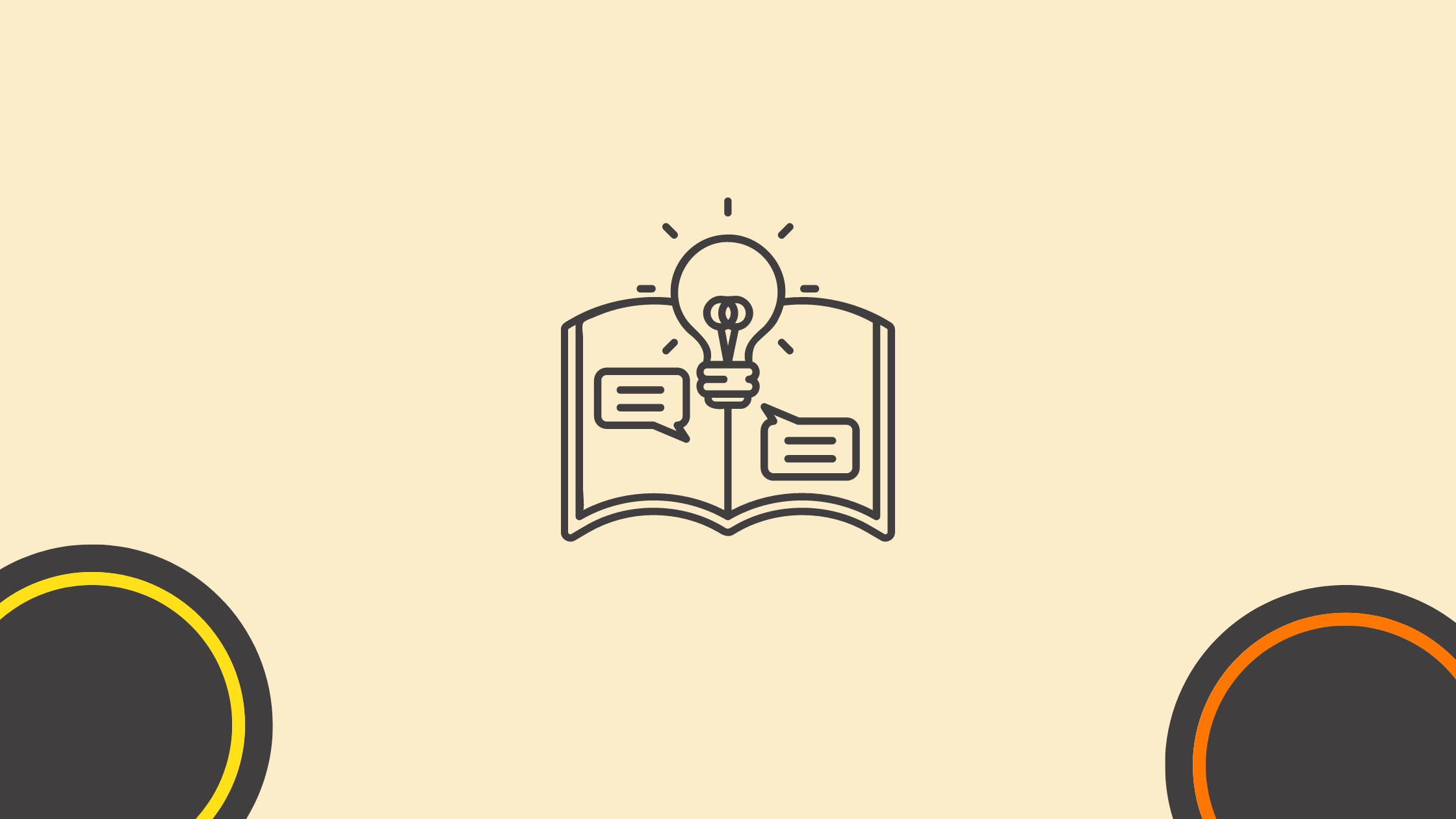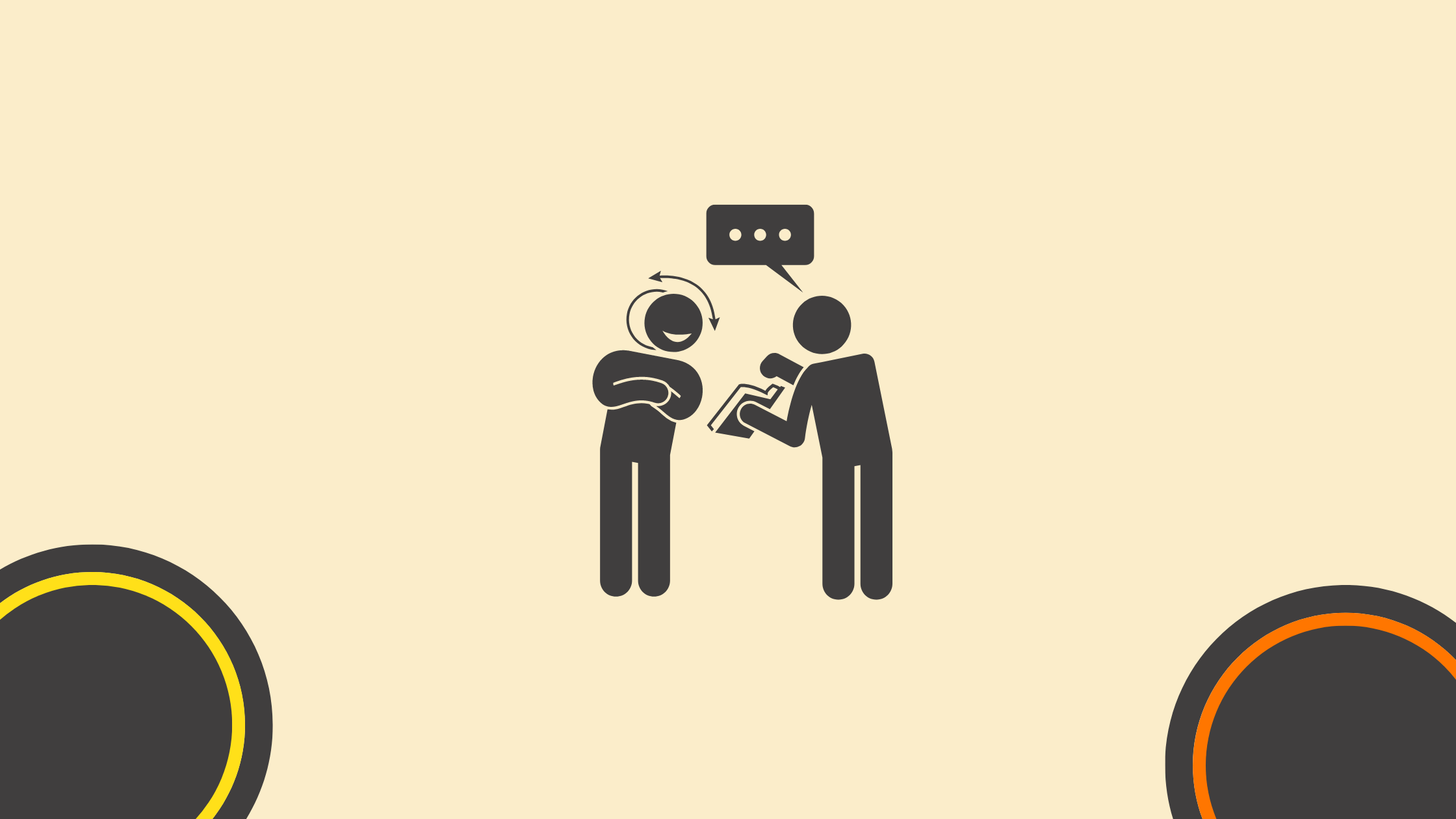Crafting Compelling Narratives: The Best Paraphrasing Techniques for Storytelling
Storytelling is an art. Unfortunately, not everyone is an artist. In fact, many of us lack the required skills to narrate stories well. However, those who master it never fail to impress their audience.
If you want to learn the art of storytelling and impress your readers, you need to polish multiple skills. One of the most essential skills that you must master is paraphrasing. Paraphrasing can help you breathe new life into your content and make your work more impressive.
No matter whether you are a blogger, scriptwriter, novelist, or copywriter, once you master the art of paraphrasing, you can easily craft compelling narratives and boost your career.
In this blog, we will explore multiple paraphrasing techniques to transform narratives and make your work impactful and unforgettable.
Chapters
Best Paraphrasing Techniques for Storytelling

Analyze Your Readers
Before starting the writing process, analyze your readers. Writers often ignore their readers and start working on their projects. Whether you are writing or rewriting something, always pay attention to your readers. Otherwise, you won’t be able to address their needs and build a strong connection with them.
Once you know your readers, you can easily address their needs, adjust the tone of the content according to their preferences, and add cultural references. This practice can also help you know which words and phrases to use and which to avoid.
Use Modern Paraphrasing Tools
Recently, numerous companies have created AI-powered paraphrasing tools to assist writers and rewriters. These tools use modern AI algorithms, especially NLP (natural language processing) technology, to understand the content and recreate it accordingly. If you want to rewrite text and plagiarism free bless it with a fresh perspective, you can get a lot of assistance from such tools.
These tools replace words with their synonyms, change sentence structure, remove repeatedly used words, and add a bit of diversity to the content while preserving the essence of the content. That’s why many writers and rewriters prefer such tools for paraphrasing.
Cut Unnecessary Words
Sometimes, writers unnecessarily add lots of words to their content to make it look professional and enhance the word count. However, this practice is not recommended at all, especially when writing a story. “If it is possible to cut a word out, always cut it out.” George Orwell.
While paraphrasing a piece of content, cut out all the unnecessary words and make the content concise and more interesting. That’s how you can keep your readers engaged and help them understand and remember the plot.
Use Short and Understandable Words

Apart from cutting unnecessary words, you should also use shorter and more understandable words. If your content contains complicated terminologies and slang words, replace them with easily understandable words. Shorter words also make the text clearer, so everyone can easily understand and memorize everything you have written.
Using everyday language also helps writers make their characters more realistic and relatable. It eventually helps them connect with their readers on a personal level. It can eventually make your stories more appealing and memorable.
Build Analogies
To make your stories more impactful, you can also build analogies during the rewriting phase. Writers often avoid building analogies as they find them unnecessary. But in order to impress your readers and leave a positive impression on them, use analogies as a tool.
However, when creating analogies, you must understand your audience and develop analogies they can quickly grasp. Additionally, it’s essential to include references to clarify your analogies.
Split Sentence
Here is the best technique that many paraphrasers use. They split sentences and make them shorter. That’s how they quickly paraphrase the text and make their stories more appealing. Readers generally like to read shorter sentences than longer ones, so many writers follow this practice.
If there are some sentences that you can break, break them. Breaking sentences can help you effectively communicate your message. And lastly, this practice can also help you preserve the actual meaning of the content.
Simplify Complex Ideas
As mentioned earlier, writers should try to keep things clear and understandable when writing stories. They must avoid complicated ideas, which may distract readers.
Therefore, whenever you write or rewrite something, simplify complex ideas without losing their meaning. Simplifying can help you keep your readers engaged and appreciate your work.
Use Descriptive Language
In storytelling, word selection matters a lot. Using descriptive language and sensory details can help create a more immersive experience for readers. Such language can enable readers to visualize the scene, hear the sounds, and even sense the characters’ emotions. By providing detailed descriptions, we can easily create an imaginary world in readers’ minds and enrich their reading experience.
Conclusion
Paraphrasing is a valuable weapon storytellers need to have in their arsenal to make their content more impactful and worth reading. However, many also struggle with it. Here, we have discussed a few of the best paraphrasing techniques that one can use to take their writing game to the next level. Capitalize on them, and you will be able to impress your readers.
Master the Art of Video Marketing
AI-Powered Tools to Ideate, Optimize, and Amplify!
- Spark Creativity: Unleash the most effective video ideas, scripts, and engaging hooks with our AI Generators.
- Optimize Instantly: Elevate your YouTube presence by optimizing video Titles, Descriptions, and Tags in seconds.
- Amplify Your Reach: Effortlessly craft social media, email, and ad copy to maximize your video’s impact.